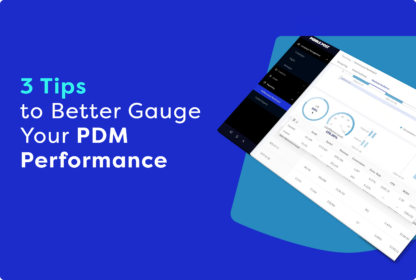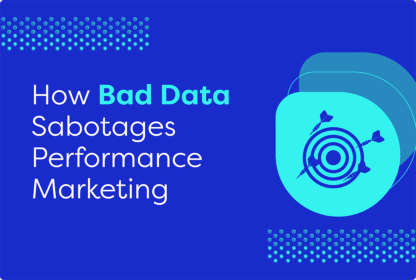Direct mail has been around for hundreds of years. But it’s currently experiencing a resurgence in relevance as brands look for new cookieless performance marketing channels to reach customers with recent purchase intent both online and off. Enter Programmatic Direct Mail.
Programmatic Direct Mail (PDM) has emerged to better connect direct mail to consumers’ online buying and browsing behaviors. But given it’s a newer hybrid channel, many brands are still trying to figure out what exactly PDM is and how it might fit into their larger marketing strategy.
To answer some of the biggest questions around PDM and explain how it works, PebblePost recently partnered with Digiday and Modern Retail to produce the guide “Unpacked: The marketer’s guide to programmatic direct mail.” Here are some of our favorite takeaways from the guide that help explain why brands should consider PDM in their quest for privacy-forward, performance-based programmatic media.
- “PDM is to direct mail what CTV is to linear TV.”
Both represent forms of hybrid media that aim to combine the best of digital and physical into a streamlined, measurable, and performant performance marketing channel.
Using an algorithm with access to loads of online and offline data, PDM makes direct mail more relevant to consumers at home by understanding if it’s worth showing them a physical piece of media. If they have active purchase intent, that consumer receives a piece of mail within 12 to 24 hours.
- “But even if a consumer doesn’t visit a brand’s site, they can still be targeted via PDM.”
By placing pixels or JavaScript tags on brands’ websites, marketers can connect a consumer’s online behaviors to household data. This allows PDM technology to pinpoint which customers come to the website and then detect if they’ve purchased in the past, what they bought, or if they left their cart abandoned. This data trains the PDM algorithm to cut through the digital noise to confirm buyer intent signals and then use them to optimize prospect and customer audiences.
- “Programmatic Direct Mail relies on household identifiers instead of third-party cookies.”
Third-party cookies have never been a reliable way to understand buyer behavior or intent on the Web. They only last about two weeks and can be deleted by an Internet user at any point. Household identifiers, however, are persistent, given they represent addresses in the postal system. They can also be linked to online shopping behaviors through first-party data, allowing marketers to communicate with consumers offline at the household level—without the need for cookies.
- “To ensure a marketing team’s mailpiece delivers robust results, the first step is keeping the copy simple, direct, and straightforward.”
PDM postcards don’t need to be complicated or fancy. With such little real estate, direct mail pieces perform best when brands keep the copy concise and the creative compelling. Marketers should aim to:
- Place branding on each side of the mailpiece
- Feature big, bold product imagery
- Use QR codes to point to a digital call to action
Ready to have your marketer mind blown by more insights and tips on PDM? Download “Unpacked: The marketer’s guide to programmatic direct mail” here.



